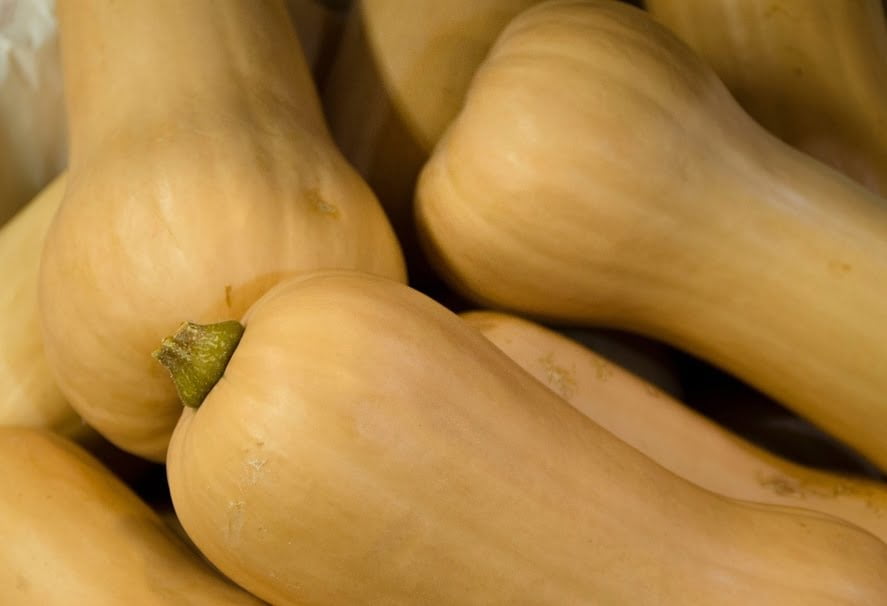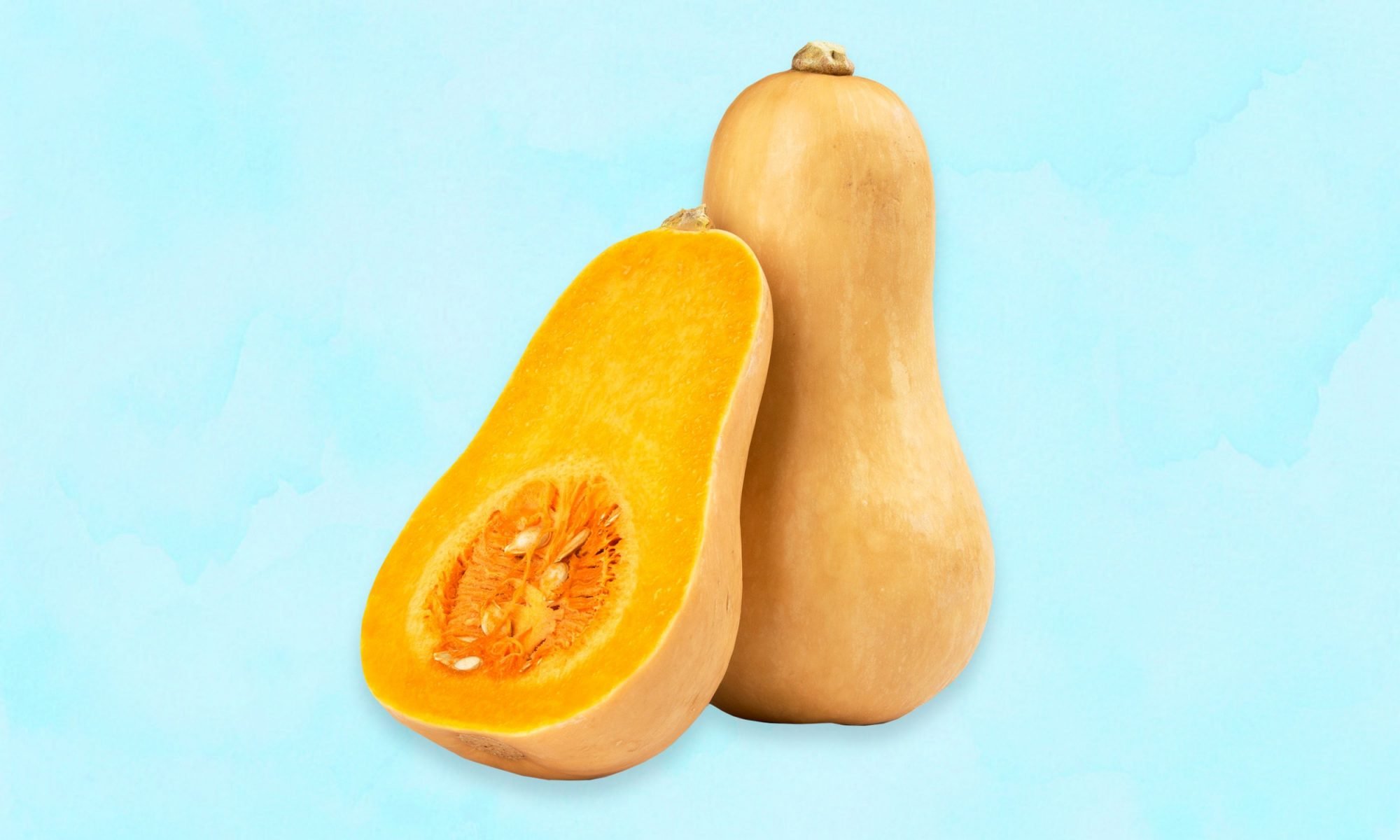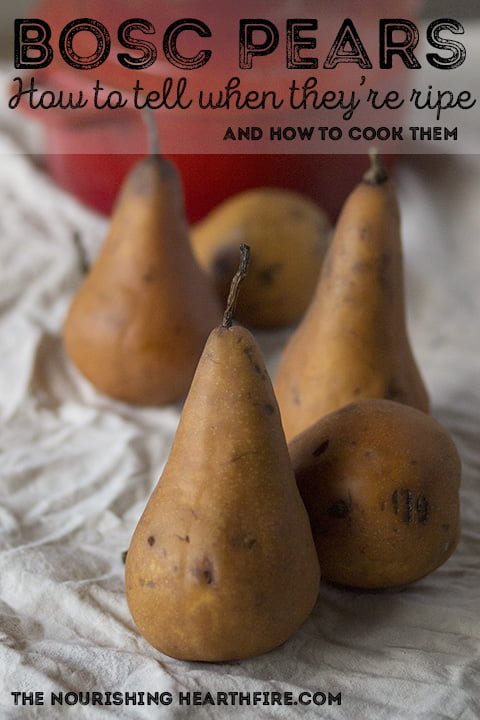You have just harvested a beautiful butternut squash from your garden, but it’s not quite ripe yet. Don’t worry, because in this article, you will discover simple and safe methods to ripen your butternut squash to perfection. Whether you want to enjoy it as a delicious fall meal or use it for baking, these tips will help you make the most out of your harvest. So, grab your squash and let’s get started on the journey to ripeness!
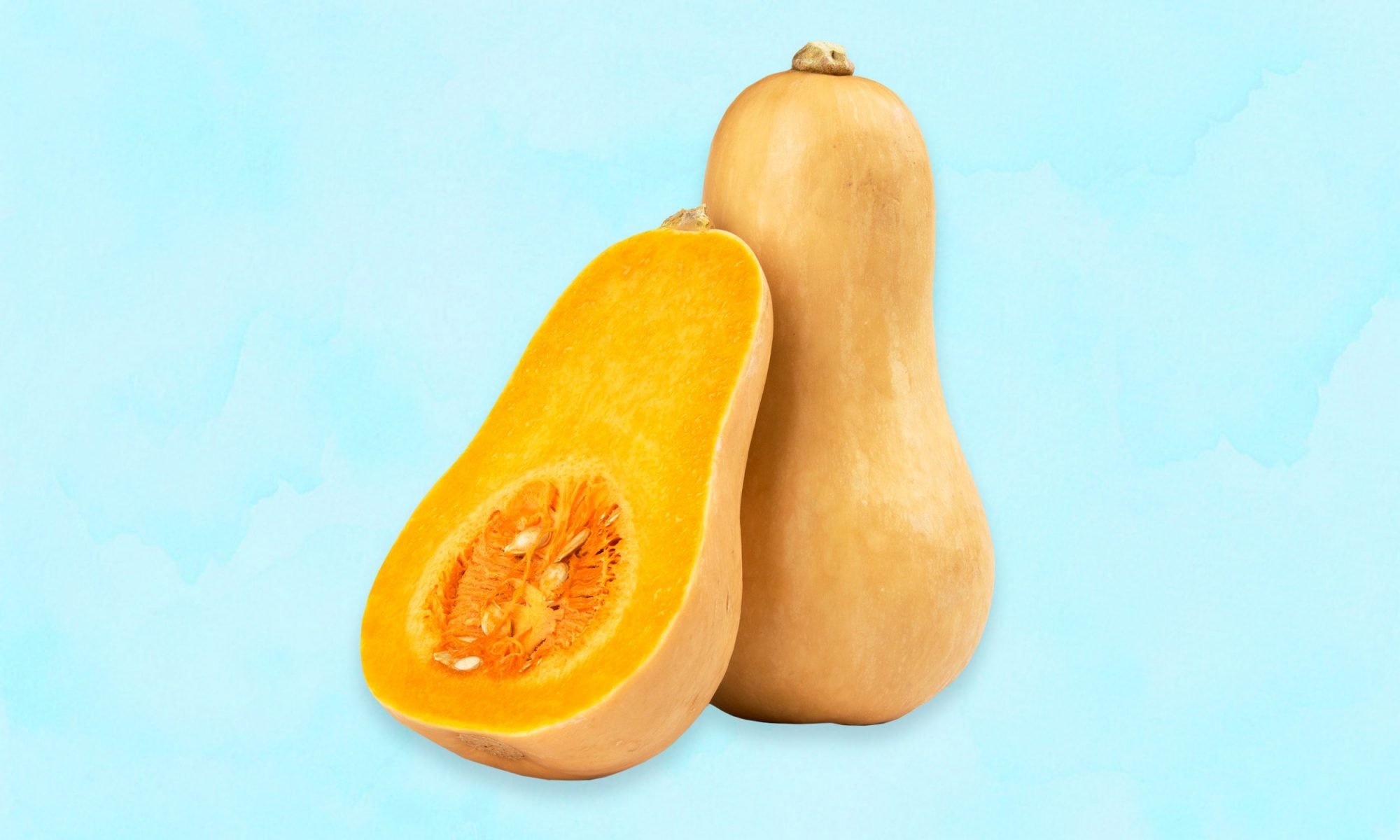
Selecting the Right Butternut Squash
When it comes to selecting the right butternut squash, there are a few key factors to consider. First and foremost, you’ll want to look for a mature squash. This means choosing one that has fully developed and reached its peak flavor. You can easily determine this by checking the size of the squash. A mature butternut squash should feel heavy for its size, indicating that it is full of delicious flesh.
In addition to size, you should also inspect the skin’s color and texture. A ripe butternut squash will have a deep tan or beige color, indicating that it is ready for consumption. The skin should also be firm and smooth to the touch. Avoid any squash with soft spots or wrinkled skin, as this could be a sign of overripeness or decay.
Lastly, be sure to check the stem and bottom of the butternut squash for signs of freshness. The stem should be intact and dry, indicating that it was properly handled during harvest and storage. The bottom should be free of any mold, rot, or discoloration. By carefully examining these areas, you can ensure that you’re selecting a high-quality butternut squash that will ripen beautifully.
Preparation for Ripening
Before you begin the ripening process, it’s important to prepare the butternut squash. Start by cleaning the squash thoroughly, using a gentle brush or cloth to remove any dirt or debris. This will help prevent the buildup of bacteria or mold during the ripening process.
If the stem of the squash is particularly long, you may also need to trim it. The stem should only be about 1 inch in length, as longer stems can cause the squash to become unbalanced or unstable during ripening. Use a sharp knife to carefully trim the stem, ensuring a clean cut without damaging the flesh of the squash.
Providing the Ideal Environment
Creating the ideal environment for ripening butternut squash is crucial to ensure optimal results. First and foremost, choose a warm and dry location for the squash to ripen. Butternut squash thrives in temperatures between 55°F and 70°F (13°C and 21°C), so avoid placing them in areas that are too hot or too cold.
While providing warmth is important, it’s equally important to avoid direct sunlight. Direct sunlight can cause the squash to overripen or become discolored. Instead, choose a location that offers indirect light or partial shade. This will help maintain the squash’s natural color and prevent premature ripening.
Humidity levels also play a role in the ripening process. Aim for a humidity level of around 50-70% to provide an optimal environment for the squash to mature. This can be achieved by placing a small dish of water nearby or using a humidifier if necessary. Proper humidity levels will prevent the squash from drying out or becoming too moist during ripening.
Storage Options
When it comes to storing ripening butternut squash, there are a few options to consider. The most common method is to keep the squash at room temperature. This allows them to ripen naturally and at their own pace. However, if you’re looking for a more controlled environment, you can store the squash in a paper bag. The paper bag will help trap the ethylene gas produced by the squash, which aids in the ripening process.
If you have access to a pantry or cellar, this can be an ideal storage location for ripening butternut squash. These areas tend to have stable temperatures and humidity levels, which will promote even and consistent ripening. Just be sure to place the squash in a well-ventilated space to prevent the buildup of moisture and mold.
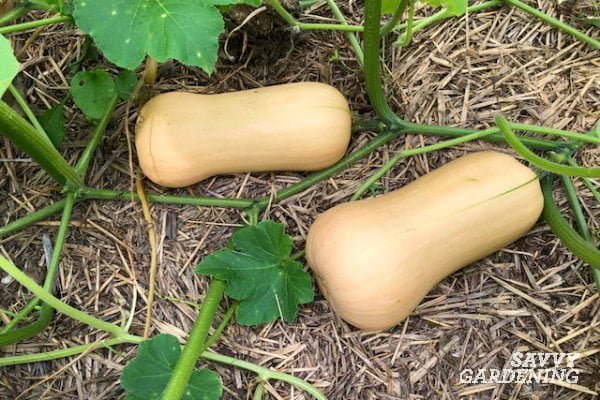
Monitoring the Ripening Process
Once you’ve placed the butternut squash in its designated storage area, it’s important to monitor the ripening process to ensure everything is progressing smoothly. Regularly check for any signs of mold or rot. While a small amount of mold can be trimmed away, extensive mold or rotting indicates that the squash has gone bad and should be discarded.
Observe any changes in color and firmness as the squash ripens. Over time, you’ll notice the skin transitioning from a light tan to a deeper, richer color. The squash should also become slightly softer to the touch, indicating that the flesh inside is becoming tender and sweet. However, be sure not to let the squash become too soft, as this can be a sign of overripeness.
To gauge the ripeness of the squash, gently press it with your fingers. A ripe butternut squash should have a slight give when pressed, but not be overly soft or mushy. If the squash feels firm and unyielding, it may need more time to ripen. On the other hand, if it feels too soft and easily collapses, it may be overripe.
Speeding up Ripening
If you’re eager to enjoy your butternut squash sooner rather than later, there are a few methods you can try to speed up the ripening process. One option is to place the squash near ripe fruits, such as bananas or apples. Ripe fruits release ethylene gas, which accelerates the ripening process of other fruits and vegetables, including butternut squash.
Another trick is to use a ripening agent like a banana. Simply place a ripe banana in the same storage area as the butternut squash. The ethylene gas emitted by the banana will help trigger the squash’s ripening process. Just be sure to monitor the squash closely, as this method can cause the squash to ripen more quickly than anticipated.
If you’re in a hurry to ripen your butternut squash, you can also try wrapping it in newspaper. This helps trap the ethylene gas and heat produced by the squash, creating a microclimate that accelerates the ripening process. However, be cautious not to leave the squash wrapped in newspaper for too long, as it can quickly go from underripe to overripe.
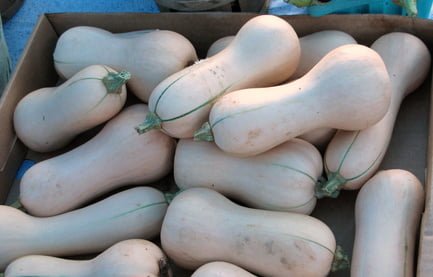
Avoiding Common Pitfalls
While there are measures you can take to speed up the ripening process, it’s important to avoid common pitfalls that can negatively impact the quality of the squash. One common mistake is refrigerating unripe squash. Cold temperatures hinder the ripening process, causing the squash to remain underripe for an extended period. It’s best to keep the squash at room temperature until it reaches the desired level of ripeness.
Another pitfall to avoid is using heat sources to ripen the squash. Placing the squash near radiators, heaters, or any other heat source can cause the squash to ripen unevenly or even spoil. Stick to the recommended temperature range and avoid artificial heat when ripening your butternut squash.
Lastly, resist the temptation to rush the ripening process by puncturing or cutting the squash. While it may seem tempting to speed things up by creating small openings in the skin, this can actually lead to the entry of bacteria or mold, causing the squash to spoil prematurely. It’s best to let nature take its course and allow the squash to ripen naturally.
When to Harvest Squash for Ripening
Timing is crucial when it comes to harvesting squash for ripening. For the best results, wait until the squash is fully mature on the vine before harvesting. A fully mature butternut squash will have a deep tan or beige color and a hard outer skin. The stem should also be dry and slightly corky.
It’s also important to harvest squash before the first frost. Cold temperatures can damage the squash and cause it to spoil. Keep an eye on the weather forecast and plan your harvest accordingly to avoid any damage that may occur due to frost.
Lastly, consider the average ripening time for the specific variety of butternut squash you’re growing. Different varieties may have different ripening times, so be sure to research and familiarize yourself with the expected timeline for your particular variety. This will help you determine the best time to harvest and begin the ripening process.

Determining Squash Ripeness
Determining when your butternut squash is ripe and ready to be enjoyed is an important step. There are a few key indicators to look for to ensure that the squash is at its peak ripeness. First, look for a uniform skin color. A ripe butternut squash will have a consistent tan or beige color throughout, with no areas of green or lighter shades.
Another way to determine squash ripeness is by checking the surface of the skin. A ripe butternut squash will have a matte appearance rather than a glossy surface. The skin should feel smooth and even, without any signs of wrinkles or shriveling.
Lastly, you can tap the squash to check for ripeness. Ripe butternut squash will produce a hollow sound when tapped with your knuckles. If the squash sounds solid or dull, it may need more time to ripen. However, if it sounds hollow and resonant, it’s a good indication that the squash is ripe and ready to be enjoyed.
Storing Ripened Squash
Once your butternut squash has fully ripened, it’s important to transfer it to a cooler storage location to maintain its quality. Place the ripened squash in a cool pantry or cellar where the temperature remains around 50°F (10°C). This will help slow down the ripening process and extend the shelf life of the squash.
Regularly check the ripened squash for any signs of deterioration. Look for mold, soft spots, or changes in texture that may indicate spoilage. If any of these signs are present, it’s best to discard the squash to prevent it from affecting other stored produce.
While ripened squash can be stored for several months, it’s best to use it within a reasonable timeframe to ensure optimal flavor and texture. Plan your meals accordingly and enjoy the delicious flavor of your ripened butternut squash while it’s at its peak. By following these steps, you can successfully ripen, store, and enjoy your butternut squash safely.
